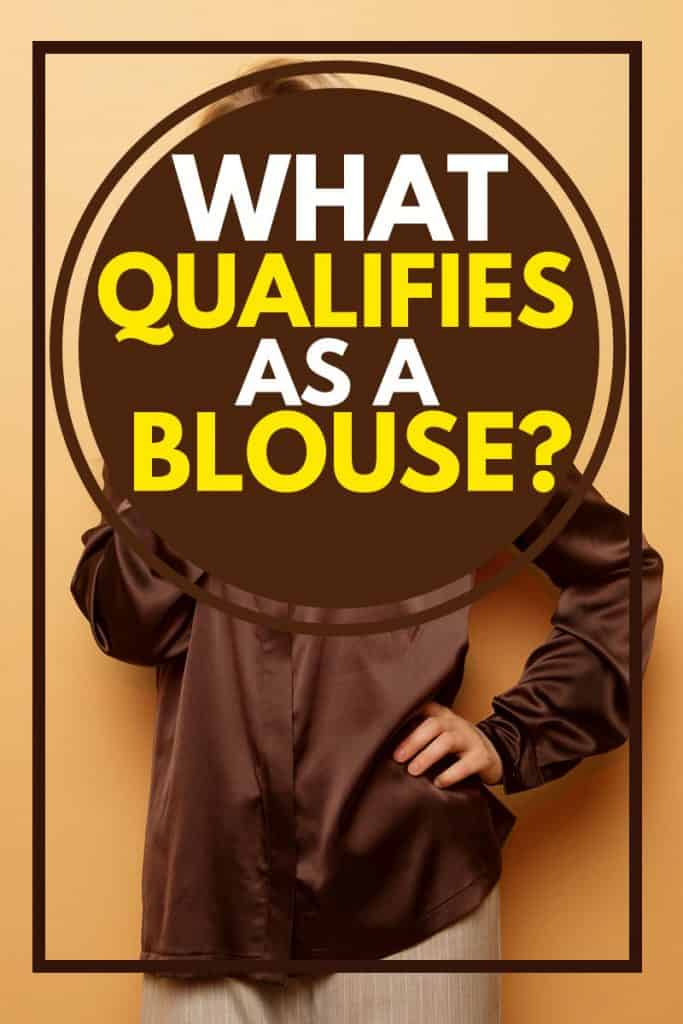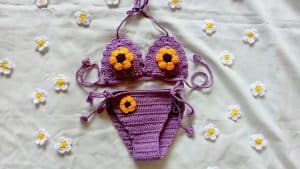
This article may include affiliate links and elements that were carefully created by our team using advanced ai to help you envision the best style advice.
A blouse is typically qualified as a loose-fitting garment, never buttoned, rarely collared, and typically associated with a more feminine appearance. “Blouse” can refer to a man’s shirt if it is a loose-fitting style, but in present times the term is used almost exclusively for women’s clothing. The term is also usually associated with dressier clothing, items that are appropriate for work and other formal events.
These are the primary qualities most often associated with blouses. In our research, we’ve detailed other conditions and comparisons of the aforementioned terms. We address some common questions below.
What is the Difference Between a Top and a Blouse?
A “top” is generally the broadest term you’ll find regarding garments for the upper half of the body. It’s a literal term referring to exactly what it says, whatever clothing is covering the top half of the body. Tops may be shirts, blouses, tanks, peasant-style, princess-style, whatever style you can think of. It’s an all-encompassing term.
Blouses, however, we’ve begun to discuss above and will continue to detail in this post. Blouses are a specific style, so while all blouses are tops, not all tops are blouses. More details of the fit and styles of blouses follow in the next response.
What is the Difference Between a Shirt and a Blouse?
While many will refer to any top as a shirt, a shirt technically must be a button-through with a collar, like a traditional men’s dress shirt. In the past, the term “shirt” was primarily associated with men’s clothing, though today the term is entirely gender-neutral.
There’s no singular fit for a shirt – they may be tailored and form-fitting, or oversized and hang loosely. Sleeves and hem may be any length. Most dress shirts will be tailored and hold themselves a bit stiffly, while the more casual plaid and similar cotton shirts tend to be softer and maintain more of a draped style, similar to a blouse. These maintain their status as shirts because they have buttons.
Here are a few examples of shirts, all available from Amazon (clicking on any image will get you to the Amazon page for that shirt) -
Shirts tend to fit much better on straighter body types, particularly when they are crafted from stiffer fabrics. Those with larger busts or broader shoulders often struggle to fit into the standard silhouette of shirts. Gaping at the bust and tightness in the fabric around the shoulder area are common issues.
Meanwhile, blouses do not have buttons and rarely have collars. The term blouse usually means softer and more billowing fabrics, making the silhouettes of blouses far more versatile than shirts. Blouses can work for any body- type, though in contrast to shirts they often work better on those with the larger busts and broader shoulders, because they can fill them out a bit better and give some shape to the draped fabric. It is far less of a noticeable issue to have a bit more draping in your blouse than gaping at the bust in a shirt, though.
What is the Difference Between a Tunic and a Blouse?
Now this one is a bit trickier – tunics are also defined by loose, billowing fabrics. However, tunics are longer than blouses, with the hemline generally reaching somewhere between the hips and the knees. Tunics are unfitted, worn untucked and thereby lacking the bloused style of actual blouses. They’re usually either T-shaped or sleeveless.
Tunics are of ancient origin. They were the basic garment worn by both men and women in ancient Rome, adapted from the Greek. While blouses were historically recorded as being worn by peasants, poets and the like, tunics were worn by everyone, people of all social classes and status.
Is a Button-up a Blouse?
Nope! Button-ups (and button-downs – did you know that there’s a difference?) will always fall into the category of shirts rather than blouses. A button-up refers to any shirt that buttons in the front. But a button-down, if you care to know, is defined by the ability to button down the collar of the shirt, or attach the collar to the shirt by way of a button. Not every buttoned shirt has this option. So every button-down is a button-up, but not vice versa.
Can a Man Wear a Blouse?
Historically, the term blouse has referred to loose-fitting garments worn by women and children as well as by artists, peasants, and other workmen. It definitely wasn’t originally a gender-specific term, only style-specific.
Nowadays the term is usually used for but not limited to women’s dressier, work-appropriate tops and tops that appear more feminine in style. It certainly wouldn’t be inappropriate for a man to wear a blouse of sorts, but it is exceedingly rare to see these days.
The term blouse also has one additional definition – a single-breasted military jacket. If we are using this definition, you’ll certainly find men wearing blouses.
What Does It Mean to Blouse Something?
Did you know that blouse is a verb, too? The reason that a blouse is a loose-fitting, draped top is because the verb “to blouse” means to make a garment hang in loose folds. This term is often used in the context of blousing your pants over your boots, which means to create a ballooned look of the fabric around the tops of your boots.
Pants blousing is most commonly heard of in the military. Regulations for each branch require service members to blouse their pants while in uniform. There are several methods by which to do so, such as tucking your pants into your boots and pulling them back out a bit to create the billowing look while keeping them tucked in.
Regarding blouses in the context of tops, the verb also applies to the historical stylings of blouses. In the past, blouses would often be gathered at the waist or hips by a belt, or pleats, or otherwise tight hem. These styles added to the literal bloused look of the tops, and many blouses are still crafted this way today.
Differing Opinions
Like the great majority of fashion and accessory questions we address here, there are certainly differing opinions out there regarding what is or isn’t a blouse. We gathered our research and make our statements based on historical records and present-day opinions of the majority. We can confidently say that blouses are certainly defined by lightweight, loose and billowing fabrics, and most often associated with women’s clothing in the present day. Many will refer to this style as blouses even if they have buttons, but we can tell you that history shows us that buttons are regularly associated with shirts.
So there you have it! Blouses are a fabulous option for work, clean evening looks, and any functions ranging from casual to just below formal. Those billowing fabrics are both flattering and forgiving in a way that shirts and other varieties of tops may not be. Happy shopping!










![Woman washing a shirt with her hand, Remove Tire Marks From Clothes Like a Pro [How to Guide] - 1600x900](https://stylecheer.com/wp-content/uploads/2023/08/shutterstock_305739509-300x169.jpg)
